Japanese Maple
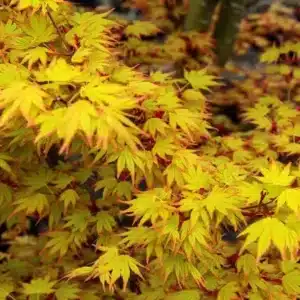

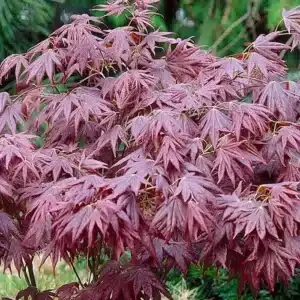
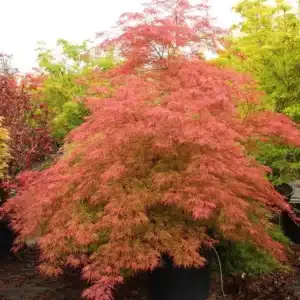
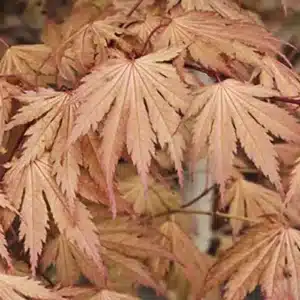
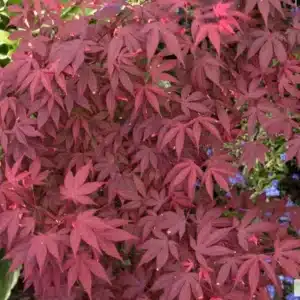
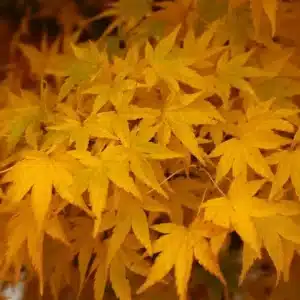
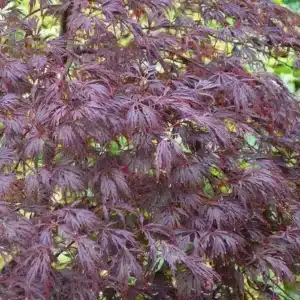
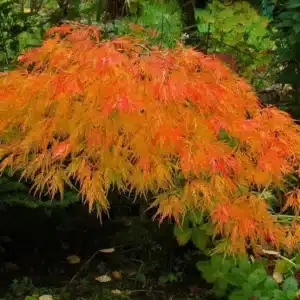
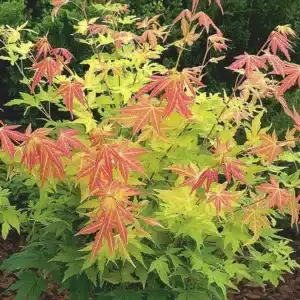
Japanese maple trees prefer dappled sunlight with upper canopy shade. The trees prefer soil texture that is high in organic matter with good drainage. The recommended propagation method is grafting.
The Japanese maple is relatively simple to care for if it is planted in a suitable location in soil rich in organic matter protected from the afternoon southwest sun. The newly planted tree should be staked during the first year. The base of the tree should be watered frequently enough to maintain even moisture. The tree should be protected from drying winds.
If planting a new tree, wait until the second growing season to apply fertilizer. Using a slow-release fertilizer, low in nitrogen, bore 6 inch deep holes around the tree between the base and the drip line, divide fertilizer between holes and cover with soil. Water well post-application. Fertilize late winter or early spring. Excess fertilizer near the base of the tree should be avoided.
Any heavy pruning should be performed in late winter, before new buds begin to form. Remove scraggly interior branches and any dead branches, but leave structural branches intact. Minor pruning can take place any time of year. Always use clean cutting tools.
No serious insect, disease, or other plant problems are commonly reported.








